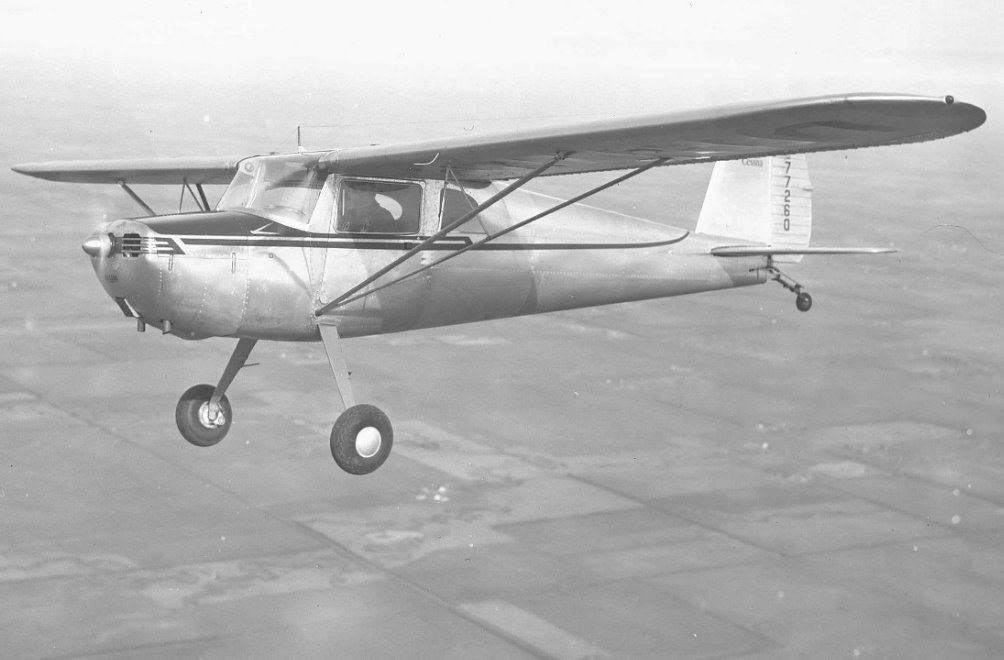I clamped everything together and realized there was a problem I'd missed. Using the next size large tubing left the 2 sides at the trailing edge about 1/8" to 3/16" to long to meet up nicely for welding. I clamped the splice sleeve to the deck railing and used the pneumatic cut off saw to remove the excess on each side. The rail made a nice straight edge to guide my hand while cutting.
A much better fit.
Shortening the sides of the sleeve caused the clamps to be to close to the weld. I could have made shorter straps but I really wanted to weld, so I just put some of the scrap between the leading edge and the straps. In the end it was more trouble than making new straps but it worked. Look at that nice fit.
Cutting off the sides of the sleeve removed the little curve which fits around the trailing edge of the strut. I clamped the sleeve in the vise with a piece of steel inside the sleeve and hammered the bend back onto the straight edges. I put a small radius on the edges of the piece in the sleeve so I wouldn't damage the sleeve bending it.
It fits really well.
The small clamps were needed to hold edges tight while tack welding.
I looked at other welded struts which had welded the trailing edges first or second and there were puckers which had to be hammered out. Caleb and I agreed it seemed best to weld from the leading edge to the trailing edge on each side of on end and then each side of the other end. I tacked the ends first in that same order then completed the welds.
Once both ends were welded the trailing edge was tacked about every 1 1/4". I decided I could remove the clamps to finish the trailing edge weld. I trimmed off 3/16" on each side. It would have made welding easier if I had only trimmed closer to 1/8". The gap made the weld bead wider than needed, but it all came out great.
The sleeve fit perfect and there was no hammering needed to remove puckers. I will do the splice at the other end by the same process. I would have done it that day but I weld outside in a tent. I took a break after the first splice and a breeze started so I'll wait for another calm day to make the second splice.
Because you are welding on one edge of the splice that side shrinks slightly and will cause the strut to have a bend. You can fix it a little by heating the other side to a dull red. It's easier to start with the leading edges slightly forward of straight. It looks like about 1/32"- 1/16" at 18"each side of the splice will come out straight. I used 18" because you can check it with a yard stick.
Wednesday, March 13, 2013
Saturday, March 2, 2013
Clamping The Splice Sleeve for Welding
The splice sleeve springs open quite a bit when you split it along the trailing edge. As a result you need to clamp it tightly to hold it in place while you weld it. I tried clamping the splice sleeve on the strut and could not keep the C-clamps from sliding off the training edge of the splice. My friend Caleb Glick suggested making L shaped pieces of angle iron to use under the clamps to spread out the clamping and and keep them from sliding off. Yea an excuse to go to Tractor Supply. I cut the leg off one side of a piece of 3/4" x 3/4" x 1/8" angle. The clamp pieces were then cut to the same 30 degree angle on each end, as on the splice sleeve. I made the 2 pieces about 1" shorter than the splice sleeve so it wouldn't be to close to the weld. You don't want the weld cooling to fast with 4130 steel.
To keep the clamp pieces from sliding I used the cut off scrap to make 2 straps to screw onto them. I formed them to fit around the streamlined tubing and position the clamps about 3/8" from the back of the tube.
You can see in the sketch one of the other things I did to help it all fit and clamp nicely. I used the belt sander to grind an angle on the short leg of the clamp pieces.
It all fits the sleeve very well.
Here are all the pieces and the clamp assembled. It took a couple hours to make but with 2 splices to weld I think it's worth the effort.
The straps flex enough to allow the sleeve to be pushed in between them to install the clamp piece.
To keep the clamp pieces from sliding I used the cut off scrap to make 2 straps to screw onto them. I formed them to fit around the streamlined tubing and position the clamps about 3/8" from the back of the tube.
You can see in the sketch one of the other things I did to help it all fit and clamp nicely. I used the belt sander to grind an angle on the short leg of the clamp pieces.
It all fits the sleeve very well.
Here are all the pieces and the clamp assembled. It took a couple hours to make but with 2 splices to weld I think it's worth the effort.
The straps flex enough to allow the sleeve to be pushed in between them to install the clamp piece.
Subscribe to:
Posts (Atom)






















